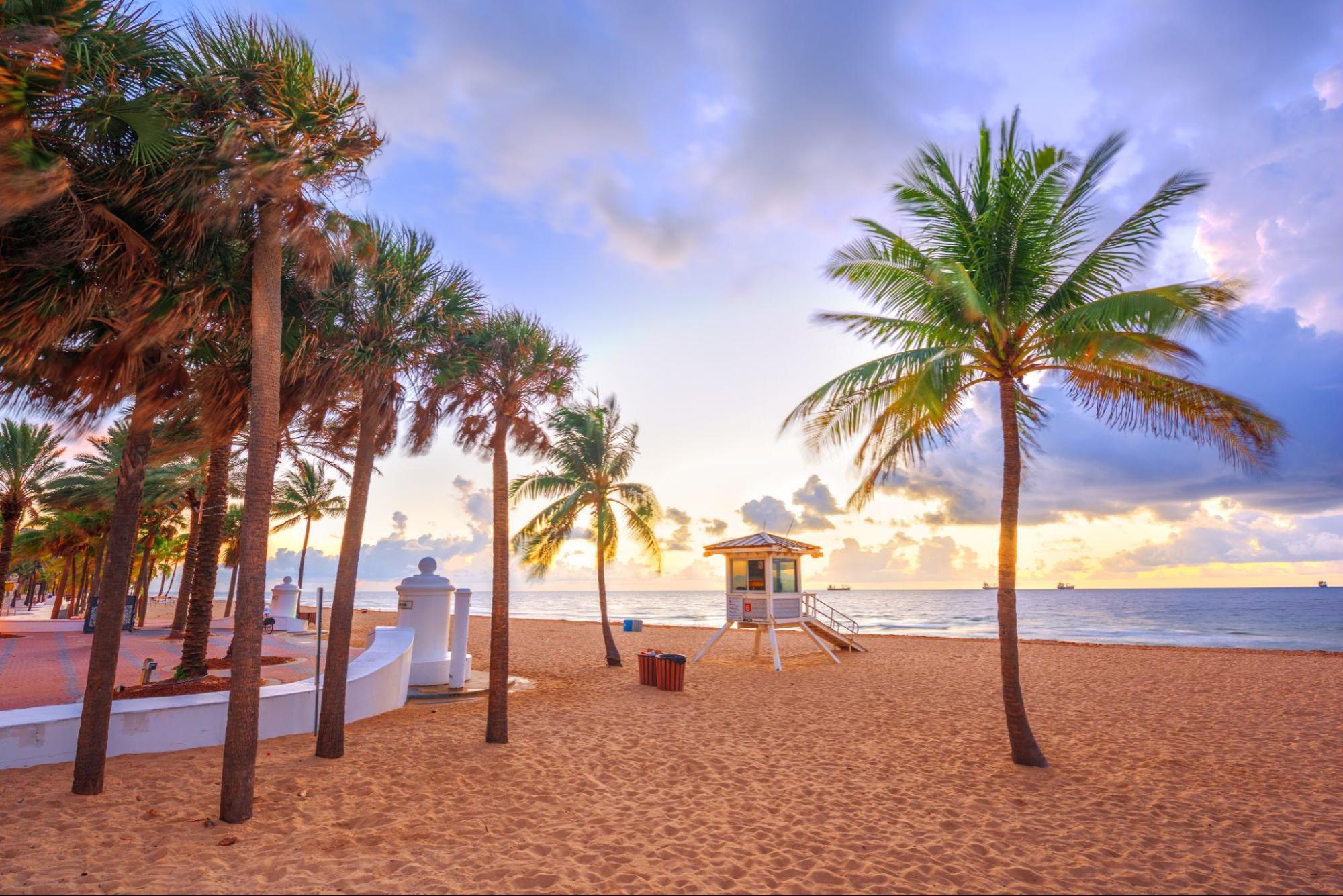Florida Weather: Understanding the Wet and Dry Seasons

Florida Weather: Understanding the Wet and Dry Seasons
Florida’s charm lies in its stunning beaches, vibrant cities, and diverse natural attractions, drawing millions of visitors annually. To fully enjoy the Sunshine State, understanding its weather patterns is crucial. Florida’s climate is marked by distinct wet and dry seasons, each bringing unique experiences. These seasons can significantly impact your travel plans and activities, making it essential to know what to expect. Let’s delve into the details of Florida’s wet and dry seasons, offering insights for an unforgettable vacation.
